[Review] Penumbra: Black Plague
[Consider this Part 2 of the Penumbra: Overture review]
Penumbra: Black
Plague is a first-person, horror game developed by Frictional Games,
published by Paradox Interactive, and released in February 2008.
Running on Frictional's in-house HPL Engine.
/// Premise
Picking up
immediately where Penumbra: Overture left, right after leaving the mines
behind and entering the secretive research facility, Philip finds
himself knocked out and imprisoned by unknown entities. After a hasty
escape and possibly being infected with a Xeno virus, Philip must
find a cure, while piecing together the truth of this place and his
father.
/// Structure
and pace
As the direct sequel
to Penumbra: Overture, the two are intrinsically linked. I will be
skipping over the more basic mechanics that have stayed the same,
focusing on what has changed or improved instead. For a more detailed
overview of the basics, I suggest reading the Overture review, as the
bulk of its core mechanics have carried over to Black Plague, with
some exceptions that will be covered later.
If you don't feel
like reading the other one, here's a quick rundown of the game:
The focus is on
exploring hub-like areas that lead to separate isolated locations.
Within these locations, you will collect items and solve puzzles. The
completion of all puzzles in a given hub is required to move forward
with the story. The fantastic music and soundscape are ever-present
and create a moody atmosphere. The quiet exploration is interspersed
with occasional monster encounters.
Here we leave the
mines behind and delve into this hidden research facility. It's a
nice change of scenery, bringing more of a grimy scientific/medical
aesthetic, complete with the titular black plague, an out-of-control
virus that's turning people into monsters.
In general, things
move along at a solid pace but unfortunately steps on the gas a bit
too hard by the end. Like Overture, it can be finished in about 4
hours.
Is Black
Plague scary?
Again, that depends.
Fear is a very personal thing, as it changes from person to person.
Deja-vu.
But, overall I would say Black Plague can achieve heights
that Overture could not. And even if you don't find it scary, they
are still very memorable moments worth experiencing.
Do I need to
play Overture to enjoy Black Plague?
Enjoy? No.
Understand? Perhaps.
Well, in truth, the
answer for these sorts of questions for me will always be: No one
makes a game in a series with the intent of being skipped, so you should.
But if you are in it
just for the spooks, then go right ahead. It's a more polished
experience, and there is a quick summary of Overture events. Just be
aware that the more minute "a-ha!" moments and references
to Overture will make no sense whatsoever or pass you by unnoticed.
/// Gameplay
What was
improved
Frictional was quick
to show its iterative design process and how they were eager to
listen to player feedback and critiques Overture had received.
Monsters roaming the
hub-areas are still a thing but more restricted. Less is more here.
Enemy presence is in specific moments, allowing the developers to
produce tailor-made moments of built tension to culminate in a chase.
Replacing the constant state of pursuit Overture had (They even
removed the dogs entirely).
I'm not 100% certain
on this one, but I feel like the flashlight got both an angle and brightness boost when compared to Overture. Its batteries
drain faster, but the player can keep extra batteries in its
inventory for a quick refill, which was impossible before.
As part of the
player feedback, the story is less text-heavy, has fewer letters and
notes, relying more on voiced characters to convey information. I did
not mind the texts in Overture and even considered it charming, as
cryptic notes are a pretty nostalgic trope of the time for me. But I
can see how some people might find annoyance in it.
The level design has
improved, a reflex of Frictional growth as developers. More work went
into the layouts and details to make areas more visually distinct
from each other. For a game set in a facility, would have been easy
to make every room and hallway look the same. But they went the extra mile, and I
appreciate that.
The puzzles continue
to be well structured and satisfying to solve in Black Plague. They
have even more of an emphasis on clever ambient interaction. Some of
the solutions will need a bit more creativity this time around, but
again, it never crosses the realm of "I've been stuck for an
hour and don't know what to do." a sin many horror games of the
time did.
Extra hidden
collectibles have been added for the completionists out there, with some secret goodies hidden in the game files if you manage to find all of them.
What got the
axe.
No more dogs. and it
doesn't stop there. The combat system has been removed. Some saw it
as a detriment, but this further increases the potential dread and
tension a chase can have. Blindly flailing around a hammer in the
hopes to stun-lock a monster wasn't particularly engaging.
Like I mentioned in
the Overture review, some items felt underdeveloped, so Beefjerky and
Dynamite are no more. For whatever reason, the flares remained
though, still useless.
/// Story
(Spoilers for Overture and Black Plague)
Frictional Games
plan for Penumbra was for it to be an episodic series. Shorter but
polished experiences with a plotline spanning over three episodes,
Overture being the first, followed by Black Plague, and then a third.
But plans changed,
and Black Plague was devised as the second and final episode instead.
According to an interview with the lead writer, Tom Jubert, done by
Rock Paper Shotgun, the change was due to disagreements with their
original publisher, Lexicon Entertainment.
This bit of info is
key to understanding the rushed ending sequence of Black Plague. (And
for the expansion Penumbra Requiem, but that's for another day).
Black Plague
contextualizes a lot of information left unclear and unanswered in
Overture. In Greenland, the North-Western mines, opened in the early
20th century, had many unsettling stories tied to their decades-long
history.
Strange psychotropic
substances were found to taint the rocks within the mines, noted to
have chemically affected the miners, who claimed to experience
supernatural hallucinations. The wildlife turned increasingly hostile
and mutated. Something was poisoning the underground. After continued
issues and disturbing incidents, such as collective suicides, the
North-Western Iron Mine shut down in the '70s.
In the late '90s,
enters Archaic, a shadowy organization dedicated to Xenology. They
aim to find, study and preserve anything of possible alien origin.
Its foundation harkening back to the 16h Century renaissance period.
Drawn to the mines for its stories, Archaic decided to build a deep
on-site research lab. Named "The Shelter", the lab's
operations were to remain completely hidden from the outside world.
Howard, an expert in linguistics, and the protagonist's father is
among the employees.
Following the
completion of the shelter, the Archaic crew discovered a Xenos tomb during their excavations. Named in honor of the local
Greenland Innuit legends as the "Tuurngait". The violation of the tomb, however, unleashed the titular black plague upon the crew driving them mad.
Within 11 hours, all of those infected died, their corpses reanimated
shortly after, with something else inhabiting the husk. Archaic had
several emergency procedures already in place, but it proved
ineffective to contain the disease. The infected were proven smart,
coordinated even. They behaved as part of something larger, more than just
zombies. Within three weeks, most of the Shelter staff was either
infected or dead.
In his
determination, Howard was committed to studying and containing this
outbreak. In time he understood the nature of what they were dealing
with. The magnitude of it so big it drove him to suicide.
But first, he had to
make sure the horrors of that cave remained buried forever. With the
secretive nature of Archaic, He had already won half the battle. But
he had to make sure that the North-Western mine paperwork, which had
been stored in a safety deposit box in Mayfair, was destroyed. He
sent an email to his son, asking to burn them all. But Philip's
curiosity to know what happened to his father, which he assumed died
a long time ago, took the best of him. Luring him into the mines.
Following the events
of the first game, Philip is imprisoned and infected. In the wake of
his escape, the symptoms start to show. When the 11th hour came for
him to die, he somehow resists the virus, but the new consciousness
that was supposed to take his body is now inside his head. Like a
dangerous parasitical second personality, he declares himself as
Clarence, a wisecracking, passive-aggressive disembodied voice that
will mess with Philip's head.
Philip will then continues his track across the secret facility in search of both a cure and
his father.
Clarence
He's a joy of a
character that deserves its little section here. The new personality
in your head is a sarcastic asshole who has obvious evil goals but
appears to be... weirdly human?
Clarence desperately
wants freedom, to leave Philip's mind. Kill him, or take over his
body, whatever comes first. To achieve his goal Clarence toys with
Philip's memories and senses, causing vivid hallucinations,
sabotaging plans, and leading him into danger.
What makes him more
human is his behavior when a cure is finally at hand, facing what is
essentially his death, fear, and desperation surface in Clarence's
voice, his sarcastic demeanor melting away under the prospect of
being silenced forever. The voice acting is on point.
As for the
ending
It's rushed. There's
no way around it, once you get the cure it feels like it was supposed
to end there. The following interpretative "revelation"
sequence feels like it should have developed over an entire third game,
rather than crammed into the last 15-minutes.
It's revealed (although it was clear beforehand) that
the Tuurngait is a Lovecraftian hive-mind that has been buried here
on Earth for millennia. They claim to have lived peacefully among
humans once, but that our individuality bred violence that drove them
into being locked in the tomb, and that they only wish to
be left alone.
They recognize
Philip as Howard's son, one of the few other humans able to
communicate with them. They decide to give him a chance, to be put
through an ultimate test, and prove that mankind can be compassionate
even as an individual. This ultimate test consists of three
anticlimatic puzzles.
After being spared
for completing the trial, the Tuurngait expects Philip to sacrifice
himself, to die there as the last person to know of their existence,
to leave them at peace in the underground.
I think the idea
Frictional had here was to have a grey area open for interpretation
and debate, is the Lovecraftian monster peaceful or are they lying?
They speak of peace while killing and turning all people in the
shelter into their puppets. Philip does betray them by the end,
sending an email asking for someone to kill them all. Perpetuating
the cycle his father began, one of violent intent nonetheless,
proving the alien right.
This is where Black Plague suffered the most, it's a neat
concept, but it's a bit vague and can't be fully explored in a
satisfying way, not in 15 minutes anyway.
This is alien vs
human morality aspect is where I think the story could have gone if
the third episode hadn't been scrapped. Given the amount of hype
built surrounding the Tuurngait Tomb, which we never get to see, I've
always assumed that a third episode would be set there, with more
esoteric puzzles with a Lovecraftian twist. But this "should
have, could have" is waste of time and pure speculation on my
part.
/// Conclusion
Penumbra: Black
Plague is a well-executed horror game, in a span of a year, the
developers were able to refine the formula started in Overture
substantially, improving on what worked well and cutting a lot of the
excess that didn't.
The approach to
puzzles feels natural and integrated into the world, rather than
being the overcomplicated unrealistic contraptions common to the
genre. Similarly, its environment is believable within the setting
and dripping with the atmosphere.
While their best
titles were still to come, Black Plague further cemented Frictional's reputation for knowing how to make good horror. Despite its abrupt ending, it is a flat improvement in
all departments over the previous entry. More than a decade later
Black Plague is still highly enjoyable and easily recommendable as a classic of late 2000's PC horror.
"Kill them. Kill
them all." - Philip Buchanon

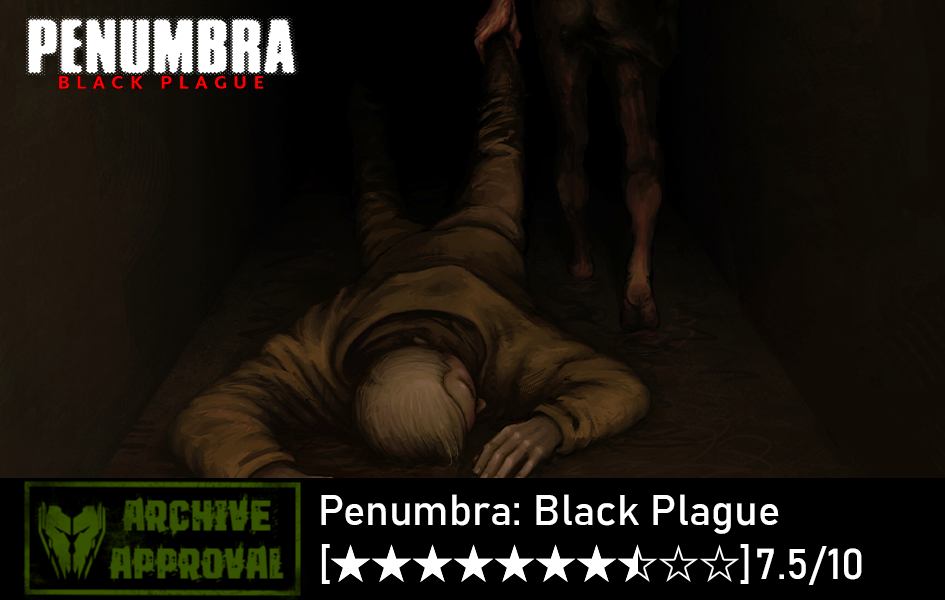









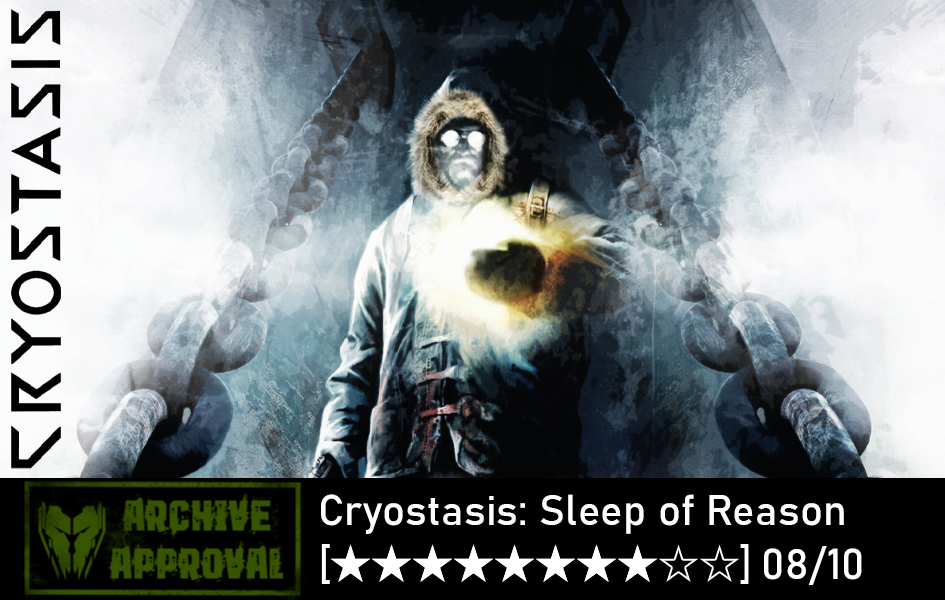

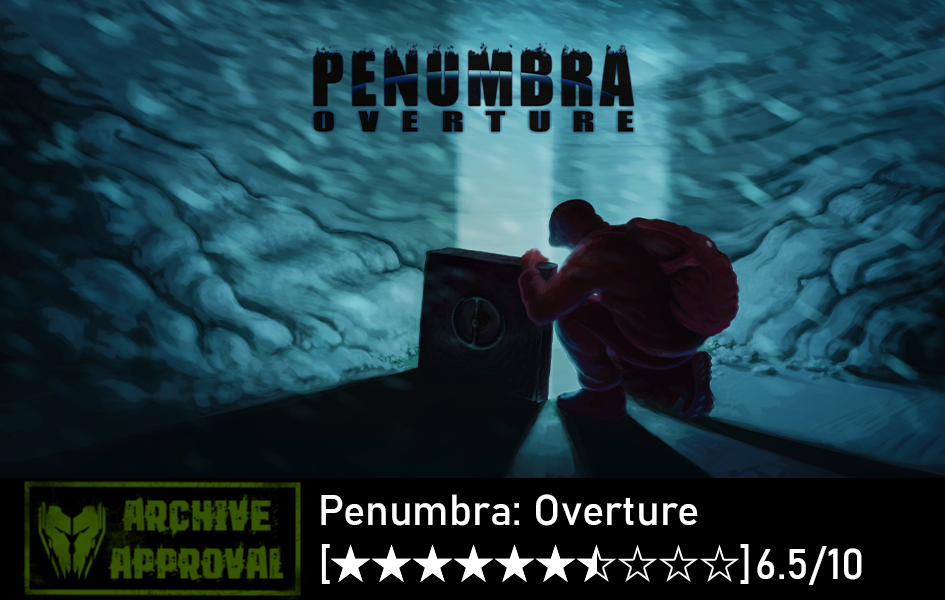
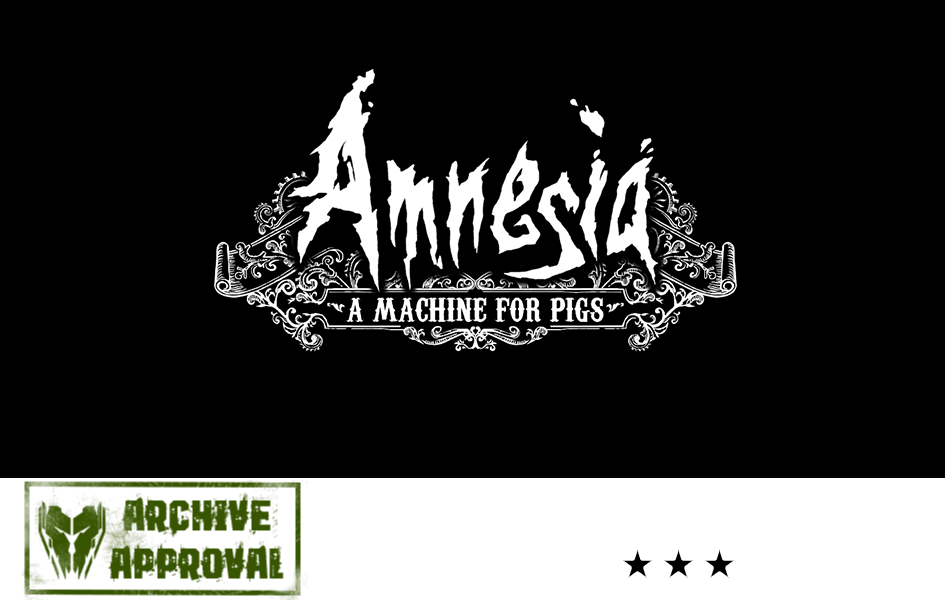

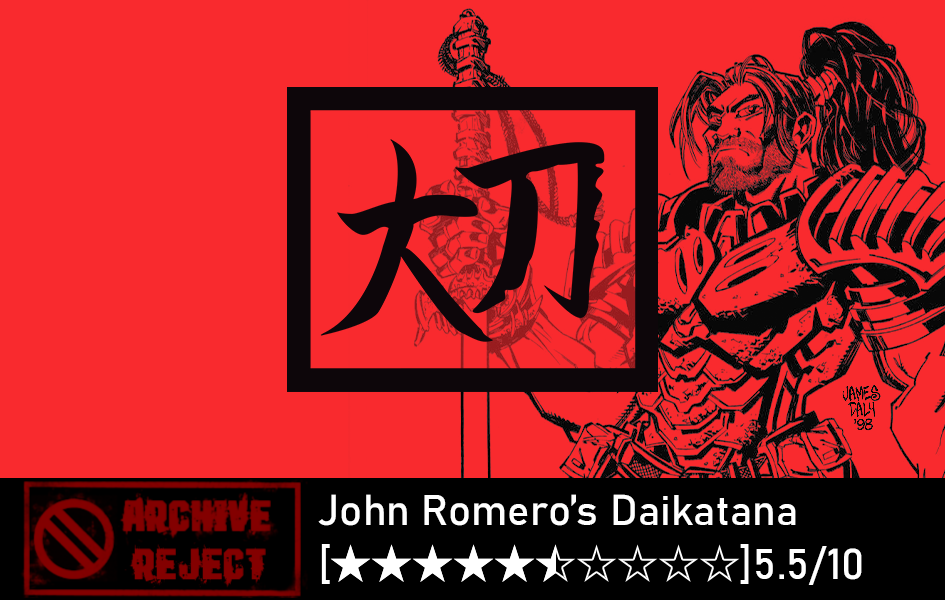
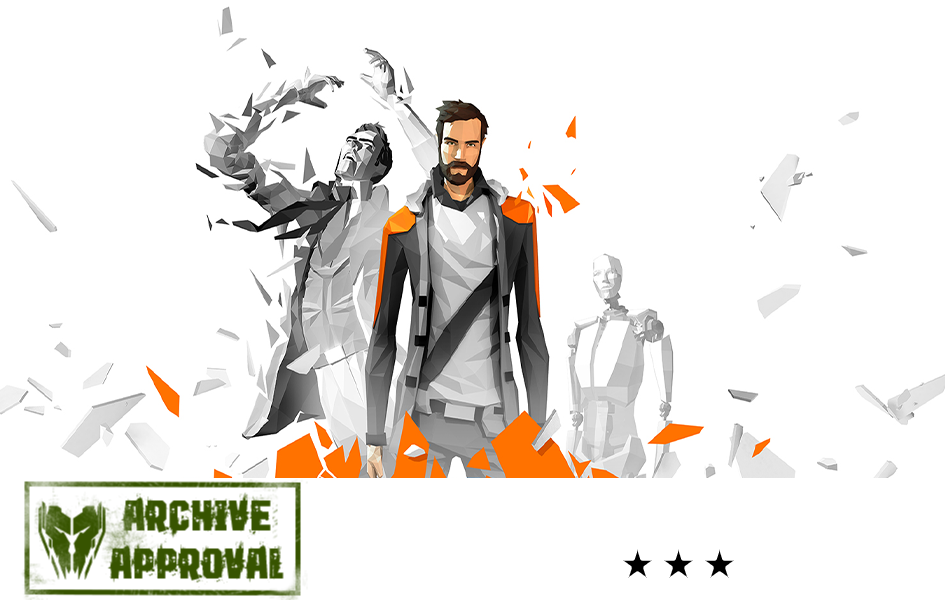
Comments
Post a Comment